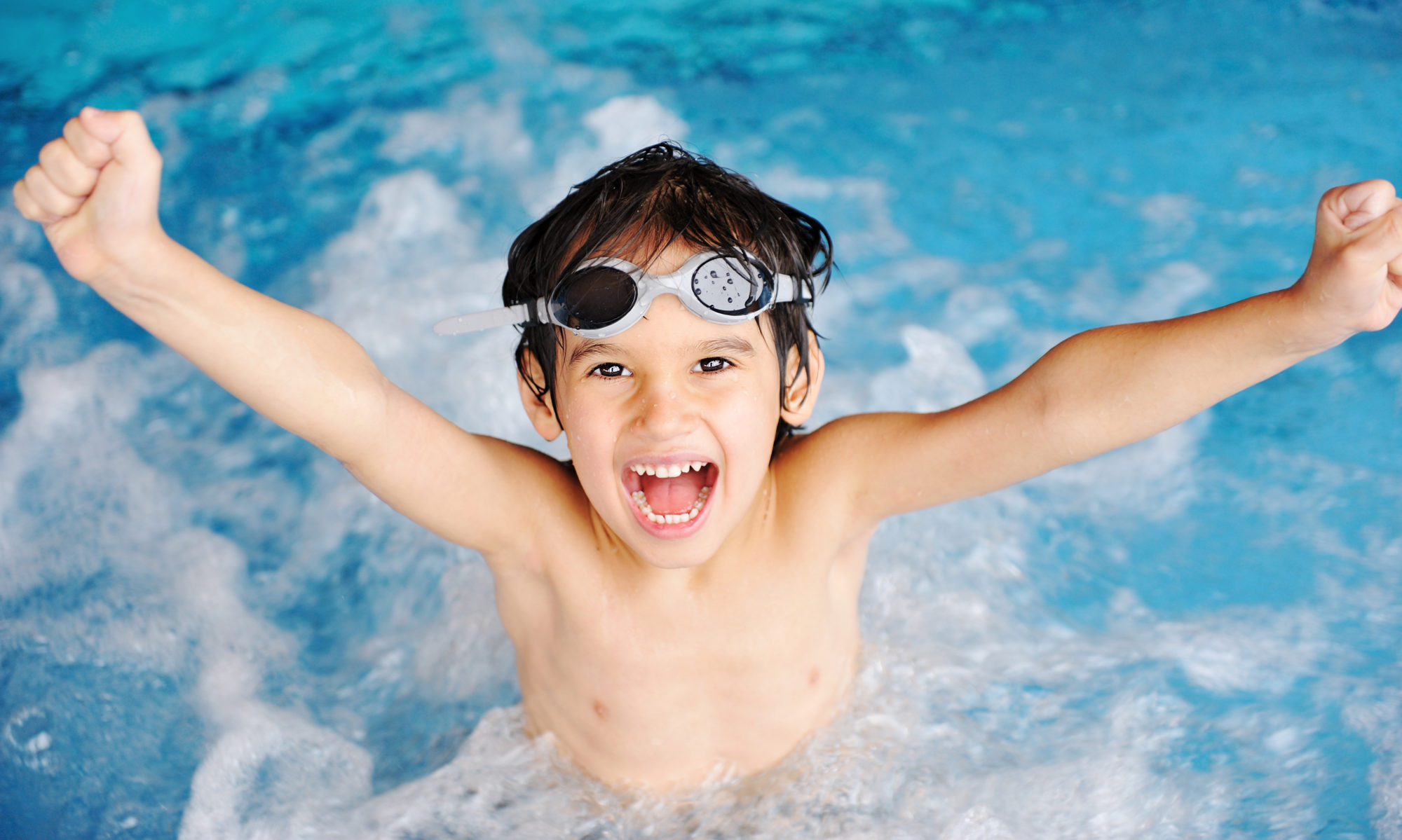When you’re teaching your kids to swim, there are going to be times when they’re anxious or nervous. Trying something new always takes and effort, and in this case, the cost of making a mistake could be an uncomfortable gulp or snort of water. That’s enough to make anybody nervous. There’s a way that you can help your kids to relax immediately when you’re teaching them to swim, or under any circumstances. Pavlov and his dogs are the key.
Pavlov rang a bell whenever he fed his dogs, creating an association between the sound of the bell and being fed. Eventually, the dogs developed a conditioned response: salivating at the sound of a bell. You can use the same technique to help your kids relax when you’re teaching them to swim.
Start on Dry Land
You can practice relaxation techniques on dry land. Learning to swim will be easier if your child is relaxed. Kids tend to tense up under the pressure of learning a new skill in the water. You can help your child relax by teaching him how outside the water.
- Have him lie flat on his back.
- Ask him to make his body tight all over. You can help him by touching his body if he’s having trouble. For example, you can touch his thigh and say, “squeeze this part of your body tight.” You can ask him to squeeze one body part at a time, working his way up from his toes to his face.
- Have him hold his breath for a few seconds.
- Tell him to let it all go at once, and teach him a word for this. It could just be, “Relax,” but a funny, made-up word that’s your secret is more fun.
- After he relaxes his muscles, have him take a few deep belly breaths.
Move It into the Water
After you practice this relaxation technique regularly for a while on solid ground, you can transfer it to the pool. When you feel your child tensing up, say your secret, funny, made-up word for relax, and he’ll respond by releasing the tension from his muscles.
